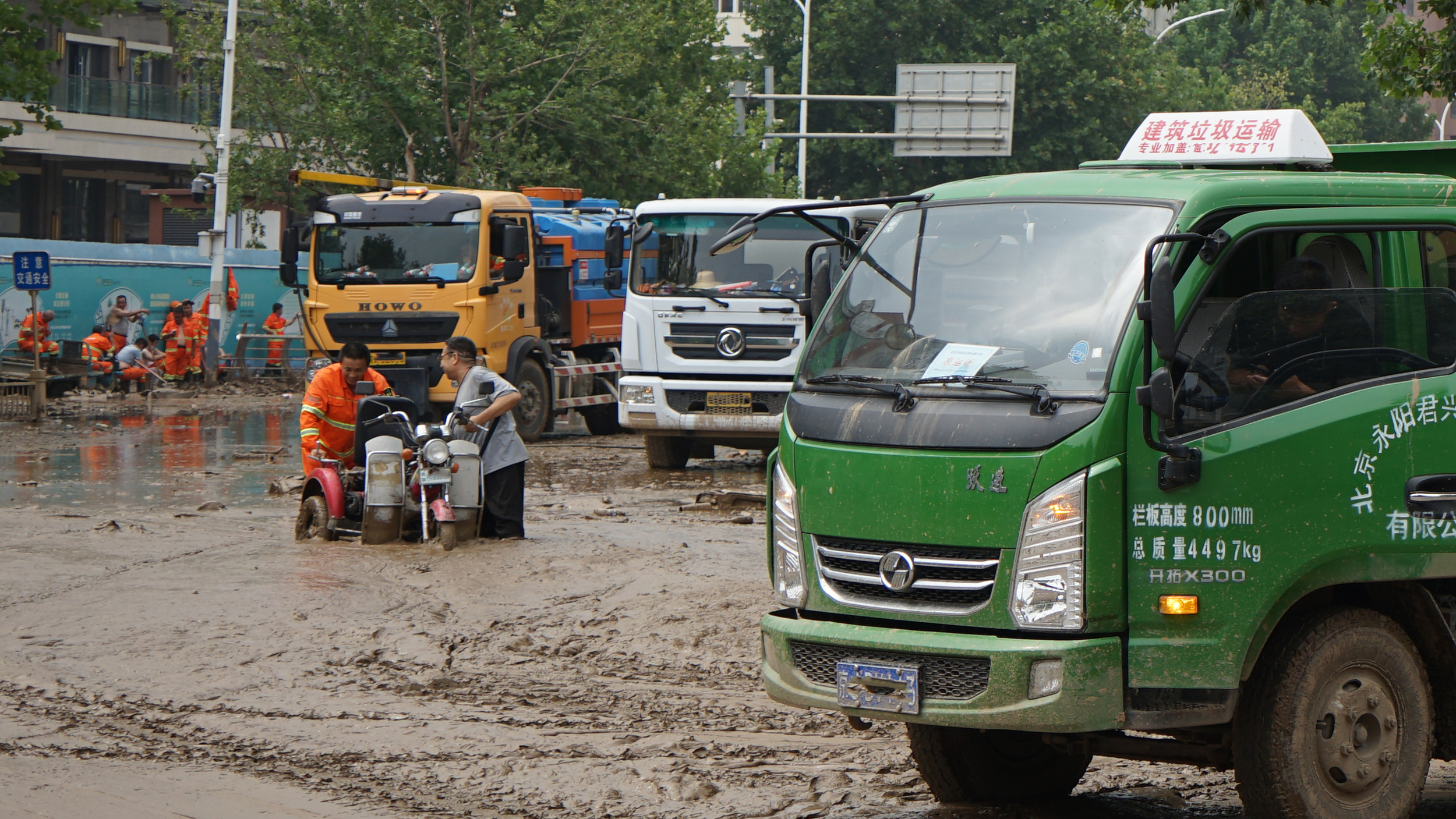The government identified 1,579 hectares of brownfields in its first official brownfield data in 2019. Using similar research methods, our research team identified 1,958 hectares of brownfields. The difference of 380 hectares is as large as about 2.2 Fanling golf courses. Even if just half of the 380 hectares of brownfield sites are developed with low or medium density, about 95,000 units can be built, a number of units equivalent to 13 Choi Hung Estates, or the total public housing production in the past 6 years.
Major findings:
- The government identified 1,579 hectares of brownfields in its first official brownfield data in 2019. Using similar research methods, our research team identified 1,958 hectares of brownfields. The difference of 380 hectares is as large as about 2.2 Fanling golf courses. Even if just half of the 380 hectares of brownfield sites are developed with low or medium density, about 95,000 units can be built [1], a number of units equivalent to 13 Choi Hung Estates, or the total public housing production in the past 6 years [2].
- Comparing data from different sources, the research team discovered that the government had taken an overly simplistic research methodology which led to the following errors and omissions in the official brownfield data:
- Outdated data: Existing information sources for data verification not fully utilized
On the official website, the government claimed that the data had been updated in May 2020, but much of the data there were 3 to 5 years old. For example, a brownfield site in San Tin had been expanding since 2017. But it was omitted from the official brownfield data, presumably because the data was drawn with reference to a satellite map dated 2015.
It is noteworthy that the research team adopted a methodology similar to that of the government, but we identified even more brownfields from the satellite images and relevant planning information. We suspect that the government did not fully utilize the existing resources to identify and update the data.
- Inexhaustive research area: brownfields in Tsuen Wan and Kwai Tsing excluded
The government research did not cover Tsuen Wan and Kwai Tsing where our research team found 4.7 hectares of brownfields, some of which have even intruded into the country park. This omission was not reasonably justified in the government’s research report. We doubted whether the government had full knowledge of the current status of brownfields.
- Incomprehensive research scope: 70 hectares of “hidden brownfields” omitted
“Hidden brownfields” refer to sites that used to be brownfields or sites that had been previously formed or filled, but observed to be greenfields as vegetation grew over time. Our research team identified about 70 hectares of “hidden brownfields” by studying past satellite images. Conversely, the official brownfield report made it clear from the beginning that these sites would not be studied. These “hidden brownfields” should be given higher priority for development than country parks and reclamation because their ecological value is lower than that of greenfields.
- The missing of brownfield sites is not just a technical matter of data completeness, but also a matter with the following implications:
- Slowing down the supply of affordable housing: the government omitted about 3.5 hectares of brownfields in Poon Uk Village, San Tin. The site exhibits considerable development potential as it is close to major roads and next to the Kwu Tung North New Development Area. If the official brownfield data had included these brownfield sites in the first place, they could have been developed along with the San Tin/Lok Ma Chau development node for public housing.
- Underestimating the interconnectedness of brownfield sites: some brownfield clusters are even larger and more interconnected than the official data reflect if the government did not miss out on the brownfield in-between. This again defeats the government’s saying that brownfield sites are “scattered”. As in the case of Ma On Kong, Yuen Long, the government only identified 6.8 hectares of brownfields out of a brownfield cluster totalling 10.34 hectares. The government may have misjudged the development potential of these sites as they were omitted in the report.
- Ignoring brownfield encroachment into country parks and greenfields: our study found that some brownfields have been expanding farther away from major roads and encroaching the greenbelts and even country parks. Examples include the brownfield sites in Chuen Lung and Wo Yi Hop Village, but they were not included in the official data.
- There are still about 1,342 hectares of brownfields outside the New Development Areas and other government development projects. However, many brownfields mentioned in the government report have already expanded outside the brownfield areas earmarked to be resumed by the government. For instance, brownfields outside the Sha Po brownfield site earmarked for resumption have already expanded to about 45 hectares by 2021. This reflects that current brownfield policy can only do very little to plug the loopholes that have led to brownfield sprawl.
Download the report to read more.
Notes:
[1] Take half of the area from the 386 hectares of brownfield, times 500 units per hectare, according to the reference number of units to be built in the “Rural Residential Density Zone 1 (RR1)” as stated in Planning Department’s Hong Kong Planning Standards and Guidelines (as at March 2020).[2] Housing Authority Annual Report 18/19, p.137, https://bit.ly/3wEGAoi


-1.jpg)
